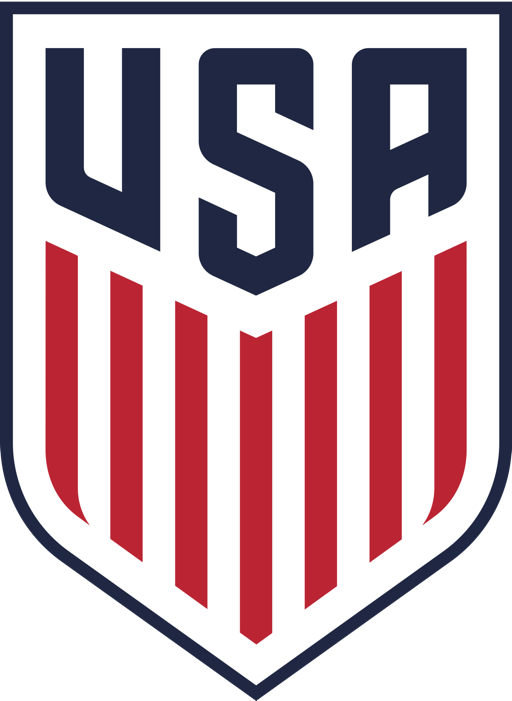One of the most neglected areas of different training sessions at the youth level across the United States is a thorough warm up. A simple jog around the field and a couple of quick bends to touch your toes simply does not cut it. The same goes for anything that is done in a span of 10 minutes or less.
To properly warm the body up to compete in a game as physically challenging as soccer over a 90-minute or two-hour training session calls for at least 15 minutes of warming up. A proper warm up has to include several different lateral movements, changes of speed, and elongated periods of stretching both your leg muscles and muscles within the core of the body.
Before the warm up starts the session off, it’s important that your players aren’t launching soccer balls back and forth on the field. It’s okay for them to pass the ball back and forth or in small groups as long as hard shots or driven balls aren’t being hit. If longer balls are being played without warming up, it increases the risk of pulling a hamstring, quadriceps or groin muscle. No coach or player wants that to happen, of course.
No matter whether your players are in two lines, spaced out along one end of the field or in small groups, it’s important to always start the warm up slowly. Have the players jog continuously for a good minute or so to get the heart pumping. One of the best ways to do this is to have your players situated in two lines facing the coach. Place two parallel sets of cones every four yards until you’ve spanned 20 yards, making a small runway-like area for your players to run inside of in sets of two. Have the players perform a different movement every one or two times they move towards you on the inside of the cones. Every time they get to the end of the 20 yards of cones, they are to jog slowly back to the start of the line on the other side of the cones before starting the next movement.
Once they have loosened up a bit, it is important to add different elements to their movement to incorporate other muscles. Have them skip at a medium pace while rotating their arms. You can start by having them move their arms in a forward circular motion before having them switch the other way later on. Incorporate shuffling movements, high stepping, back-heel touching and changes of speeds. Once they have gone for four or five minutes, stop the players to stretch for another five minutes.
When the players start jogging again, have them pick up the pace a bit. Having them jump up for a head ball at each cone is an option, as is circling each cone with small, quick steps until they are at the end of the 20-yard area. When you are nearing the end of four or five minutes, have them run at a 75-percent level or even on a full sprint for the last 10 yards of the area two or three different times since their muscles are now properly warmed up enough to do so. This should be followed by an additional five minutes of stretching again, utilizing a different set of stretches than what was used before.
Now that your players have been warming up for over 15 minutes, you can get into individual work with the ball or get the team into small groups to get into the technical part of the session (Dutch Triangles are a good option at this point in the session.) However, if you have ladders or hoops available to you, now is the time to use them. And if you don’t have a running ladder, you can utilize training sticks or even cones.
For five minutes at the most, have your players run through the ladders, placing both feet inside each section as quickly as possible. There should be a short recovery time at the end of each quick run through the ladders. Alternate their methods, having the players hop through on one foot, on both feet and with different instructions each time. This will not only help with fitness but also to improve quickness and coordination, not to mention listening skills for some of the younger players.
If you have hoops, space them out a few yards apart diagonally and have your players jump from one hoop to the next with one foot into the hoop each time so that they are zig-zagging 10 or 15 yards up the field before jogging back to the beginning of the line. Jumps to the left should result on a left-footed landing, while jumps to the right off the left foot should end on the right foot.
You can also place the hoops a yard or two apart in a straight row and instruct the players to place one foot in each hoop during a sprint to help ensure that their stride is elongated. With younger players, this is a good idea to do because it helps them develop their running technique.
Now that your 20 or so minutes are up and the players have started to get a light sweat, it’s time to roll the balls out onto the field and start playing soccer.




